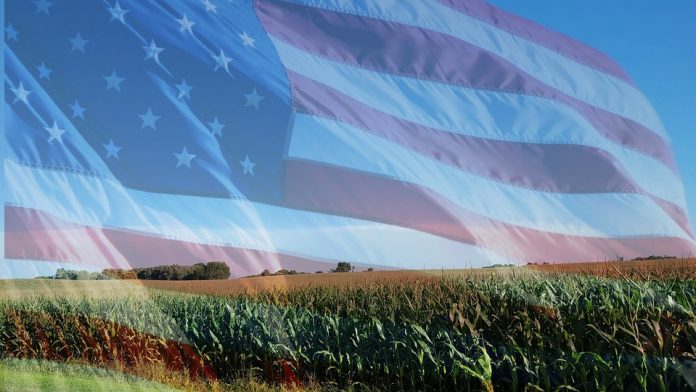A recent U.S. Census Bureau change will redefine about 1,300 areas considered urban a decade ago as rural, after the 2020 Census. The bureau is updating its criteria for what is considered an urban area.
The change is mainly statistical, but could have implications for funding in some areas, since rural and urban places qualify for different federal funding programs. It will also, however, officially move some places more in line with how they see themselves, researchers said.
“So there’s some benefits to catching up on the growth. We’re also concerned that by the new cutoff, there may be more competition for rural funds from folks that were previously not competing [for those funds],” said Chris Estes, co-executive director of the Aspen Institute Community Strategies Group, a global nonprofit focused on equity, economics and social and health outcomes in rural areas.
Larger populations
One of the main updates adjusts the definition of an urban area from a population of 2,500 to 5,000.
“I think it’s just a long overdue statistical change,” said Mark Partridge, Swank Chair in Rural-Urban Policy at Ohio State University. “Calling a small town of 2,500 people urban is just woefully outdated for the 21st century.” Most people in towns with populations of 2,500 people would not consider their area to be urban.
And most towns that size don’t have the kinds of retail stores, grocery stores and other businesses that most people would expect in an urban area. It takes more people to support businesses now than it used to, due partly to technology allowing stores to manage larger inventories and partly to changes in consumer expectations for things like grocery stores, Partridge said.
Estes expects about 1,300 locations to be recategorized, but does not have a list of which those will be so far. He said the Aspen Institute and its partners are still working on understanding the full extent of the impact of the change, and what kind of policies can help address any potential challenges it creates for rural areas.
Other changes
Some other changes include no longer distinguishing between urbanized areas and urban clusters, and instead including both under “urban areas,” and including census blocks adjacent to urban areas that have group quarters and a population of at least 500 as part of the adjacent urban area.
While the changes would move some areas with a higher populations than most rural areas out of the urban definition, it would also move some people near cities into the urban area definition. For example, if an area outside a city was once a rural community, but has grown due to urban sprawl, that community might be counted in the urban area, instead.
“On one hand, it would move some people out of rural that are no longer rural and are probably way better off,” Estes said.
On the other hand, some communities that some people wouldn’t typically consider rural will be moved into the rural definition. That’s largely because there isn’t a clear, universal definition of what “rural” really means. For the U.S. Census Bureau, “rural” just means any place that is not included within an urban area.
Funding
The change is likely to have at least some impact on funding programs. Estes said the Aspen Institute and its partners identified 18 programs across several agencies, including the U.S. Department of Agriculture and Department of Transportation, totaling about $5 billion, that would likely be affected.
In that way, it has some similarities with a proposal the Office of Management and Budget considered and rejected last year that would have changed the definitions for metropolitan and micropolitan statistical areas. Estes and Partridge both noted agencies may need to update regulations or definitions in some programs to make sure funds meant to help rural areas still are going to those areas.
Statistics
Partridge said most researchers studying rural or urban areas would not use census bureau definitions, and would most likely use other definitions, like the metropolitan statistical area definition.
Estes said while researchers don’t tend to use census bureau definitions, it’s important to make sure other people, like policymakers, understand what census data and definitions can help with, and where they may not give a full picture of reality. If someone doesn’t fully understand that data, or is trying to use it to support an agenda, it can be misleading.
“It’s really in the policy discussion area that becomes important,” Estes said.
For example, many rural areas that are seeing population growth are largely seeing growth from immigrants. Knowing who is moving in and out of rural communities, and how communities are doing economically is important for understanding what kinds of opportunities and challenges different communities have.
“Rural is not a monolith,” Estes said.










